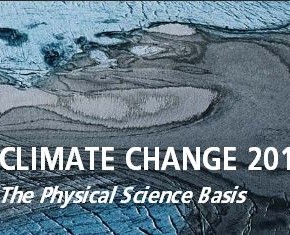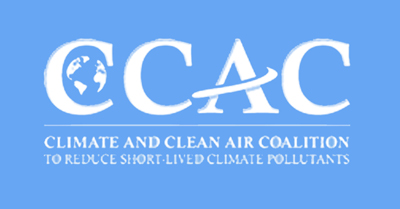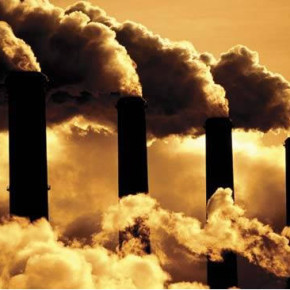
EPA Tackles HFC Super Pollutants, Next Step in President Obama’s Climate Action Plan
Source: http://switchboard.nrdc.org/blogs/ddoniger/epa_tackles_hfc_super_pollutan.html The Environmental Protection Agency has announced its plans to tackle the super-potent heat-trapping pollutants called hydrofluorcarbons (HFCs), an important step forward in carrying out President Obama’s Climate Action Plan. Meeting with more than 100 industry and environmental stakeholders last Tuesday in a packed ballroom in Washington, EPA officials laid out a schedule...
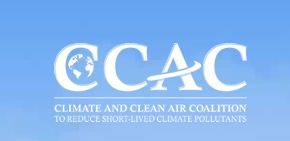
Dozens of Ministers of the Climate and Clean Air Coalition Celebrate First Successes and Enhance Actions
Warsaw, Poland, 21 November, 2013 – Ministers and other leaders of 42 countries and organizations of the Climate and Clean Air Coalition (CCAC) came together to celebrate first successes and to enhance further action on short-lived climate pollutants (SLCPs). The Coalition’s 10 action-oriented initiatives are starting to tackle some of the leading causes of global...
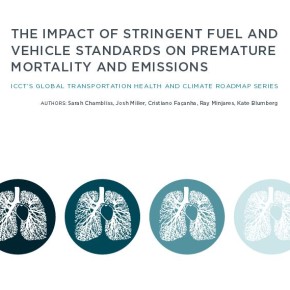
The impact of vehicle and fuel standards on premature mortality and emissions
Summary Evaluates worldwide historical and potential impacts of fuel quality and vehicle emission standards, presents a global policy roadmap through 2030, and quantifies the benefits to public health and the climate. Technology-forcing regulations in the United States, European Union, and Japan have resulted in highly effective controls of tailpipe emissions. Advanced aftertreatment technology and engine...
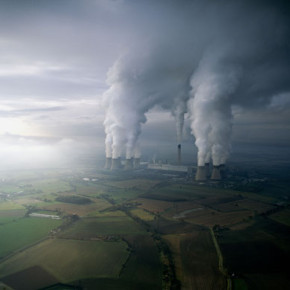
Contaminantes Climáticos de Vida Corta: una oportunidad para reducir emisiones
Los Contaminantes Climáticos de Vida Corta (CCVC) son agentes contribuyentes al calentamiento global que tienen una vida útil relativamente breve en la atmósfera (entre pocos días a unas pocas décadas), a diferencia del CO2, que permanece en la atmósfera durante siglos o milenios después de emitido. Los CCVC afectan gravemente la salud humana y de...
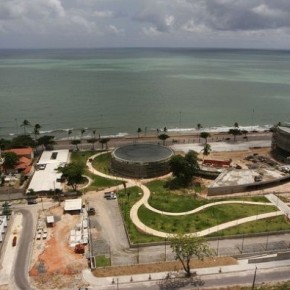
IPCC sostiene que calentamiento global es inequívoco
RÍO DE JANEIRO, 27 sep 2013 (IPS) – En medio de rumores de que el recalentamiento planetario se detuvo en los últimos 15 años, el nuevo informe del Grupo Intergubernamental de Expertos sobre el Cambio Climático (IPCC) indica que las tres últimas décadas fueron, sucesivamente, más cálidas que cualquier otra desde 1850. El Resumen para...

Climate and Clean Air Coalition High Level Assembly Announces Ambitious Agenda
Oslo, 3 September 2013–Ministers of the Environment, CEOs and other senior officials of governments and nonprofit organizations released a communiqué here today celebrating 18 months of progress and laying out an ambitious agenda for the future in the fight to reduce short-lived climate pollutants (SLCPs). The communiqué emerged from the High Level Assembly of the...
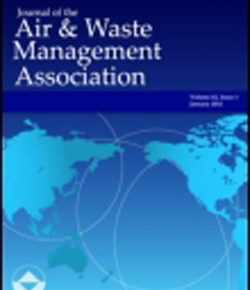
Journal of the Air & Waste Management Association Volume 63, Issue 6, 2013
Stratospheric ozone, global warming, and the principle of unintended consequences—An ongoing science and policy success story DOI: 10.1080/10962247.2013.791349 Stephen O. Andersena*, Marcel L. Halberstadtb & Nathan Borgford-Parnella pages 607-647 Publishing models and article dates explained Accepted author version posted online: 09 Apr 2013 Published online: 22 May 2013 Download >>>
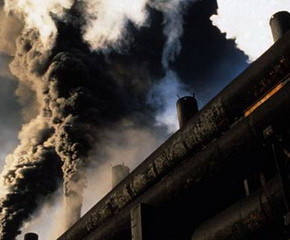
Black carbon, methane debate: how much will be cut automatically as the world gets richer?
Source: http://www.igsd.org/ A new study conducted by the Pacific Northwest National Laboratory (PNNL) calculates that 0.16°C of additional climate warming can be avoided by 2050, even after policymakers implement all “economically attractive” methane and black carbon reductions. Earlier studies by UNEP/WMO and others calculated that as much as 0.5°C of additional warming could by avoided by...
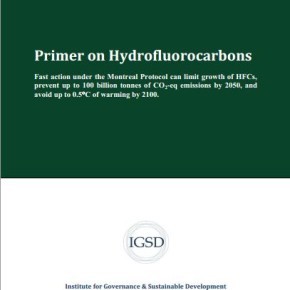
Primer on Hydrofluorocarbons
La acción rápida en el marco del Protocolo de Montreal puede limitar el crecimiento de los HFC, prevenir hasta 100 millones de toneladas de emisiones de CO2-eq en 2050, y evitar hasta 0,5 C º de calentamiento para el año 2100. Los hidrofluorocarbonos (HFCs) son los gases de efecto invernadero de más rápido crecimiento en...

RBS carbon emissions up to 1,200 times higher than reported figure – See more at:
By Miriam Ross, 27 August 2013 New research has revealed that Royal Bank of Scotland’s 2012 carbon emissions could be up to 1,200 times higher than the figure reported by the bank, and 18 times the total emissions of Scotland.The study by the World Development Movement estimates that emissions resulting from RBS’s loans to coal, oil and gas companies...
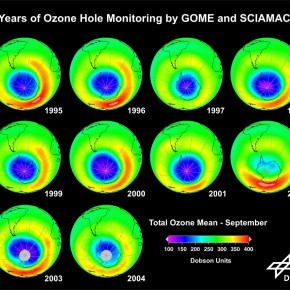
Ozone hole could boost global warming
09 Aug 2013 | 17:00 BST | Posted by Davide Castelvecchi | Category: Earth, environment & ecology Posted on behalf of Richard Johnston. The thinning of the atmosphere’s ozone layer could be contributing to warming the planet, according to a study published this week in Geophysical Research Letters. Kevin Grise, an atmospheric scientist at Columbia University in New York, and his team modelled the weather dynamics...

